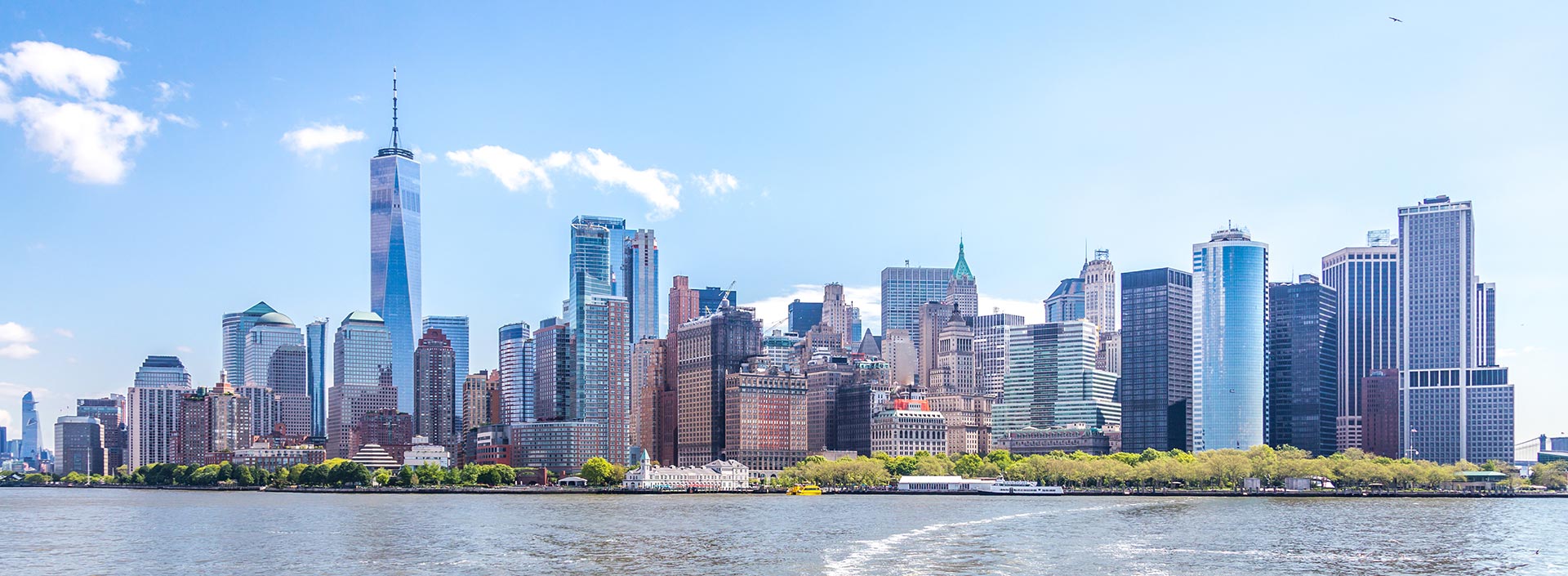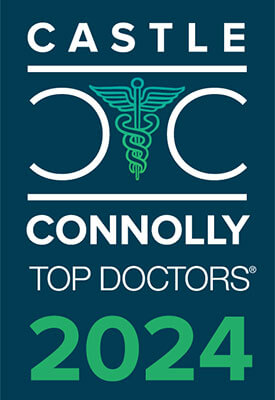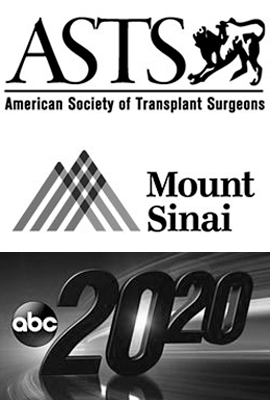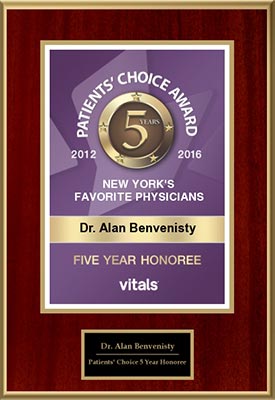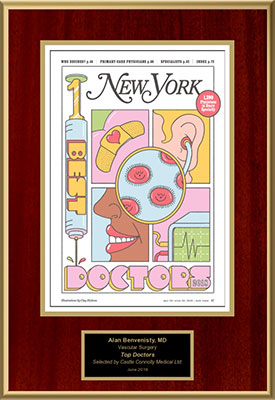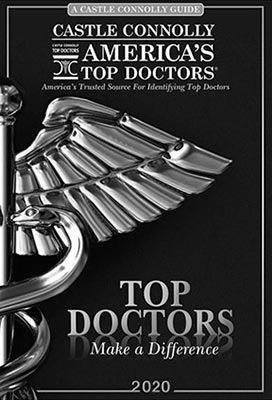Risks Associated with Varicose Veins
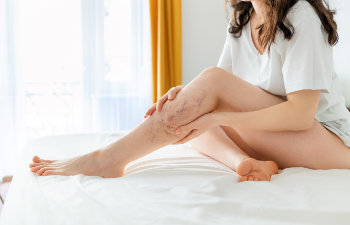
Varicose veins are enlarged, twisted veins that often appear as bulging, rope-like cords on the legs. While they may be primarily a cosmetic concern for some, varicose veins can pose various risks and complications, affecting both physical health and quality of life. Understanding these risks is crucial for early intervention and appropriate management. Here are several health and wellness risks associated with varicose veins.
1. Pain and Discomfort
Varicose veins can cause aching, throbbing, or a sensation of heaviness in the legs, especially after prolonged standing or sitting. Individuals may experience discomfort or pain, impacting daily activities and mobility.
2. Swelling and Edema
The pooling of blood in varicose veins can lead to swelling in the legs and ankles. Edema or fluid buildup occurs due to increased pressure within the affected veins, causing tissues to retain excess fluid.
3. Skin Changes and Discoloration
Over time, varicose veins may lead to changes in the skin, including discoloration, redness or a brownish tint around the affected veins. The skin near the varicose veins may become dry, itchy or prone to inflammation or infections.
4. Ulcers and Skin Complications
In severe cases, chronic venous insufficiency caused by varicose veins can lead to skin ulcers, particularly around the ankles. These ulcers are painful and slow to heal, increasing the risk of infections and skin complications.
5. Blood Clots (Thrombophlebitis)
Varicose veins increase the risk of superficial blood clots called superficial thrombophlebitis. These clots may cause localized redness, warmth, pain and swelling along the affected vein.
6. Bleeding and Rupture
Varicose veins close to the skin’s surface may become fragile and prone to injury. Even minor trauma or injury can cause varicose veins to bleed, leading to significant bleeding that requires medical attention.
7. Deep Vein Thrombosis (DVT)
While less common, varicose veins can increase the risk of developing deep vein thrombosis—a blood clot in the deeper veins of the legs. DVT can be life-threatening if the clot dislodges and travels to the lungs, causing a pulmonary embolism.
8. Psychological Impact
The appearance of varicose veins can significantly impact self-esteem and body image. Individuals with visible varicose veins may experience embarrassment or self-consciousness, affecting their emotional well-being.
Prevention and Management
Several measures can help prevent or alleviate the risks associated with varicose veins:
- Regular exercise, leg elevation, and avoiding prolonged sitting or standing.
- Maintaining a healthy weight and following a balanced diet.
- Wearing compression stockings to improve blood flow and reduce discomfort.
- Avoiding high heels and tight clothing that restrict circulation.
Seeking medical evaluation and treatment options for varicose veins, including minimally invasive procedures like sclerotherapy, laser therapy or vein ablation for severe cases, is recommended to manage this condition. Early intervention with the help of a vascular surgeon can help manage varicose veins effectively, reduce complications and improve overall leg health and quality of life. To schedule a varicose vein consultation with Dr. Alan Benvenisty, call his office in NYC to book your appointment.
Posted on behalf of
440 West 114th St, Second Floor
New York, NY 10025
Phone: (212) 523-4706
Monday & Friday 9:00 AM – 5:00 PM

